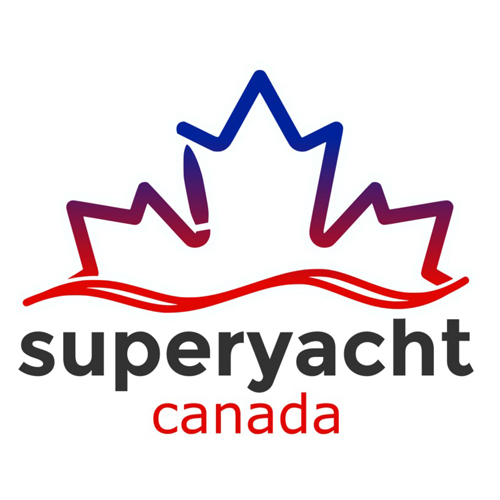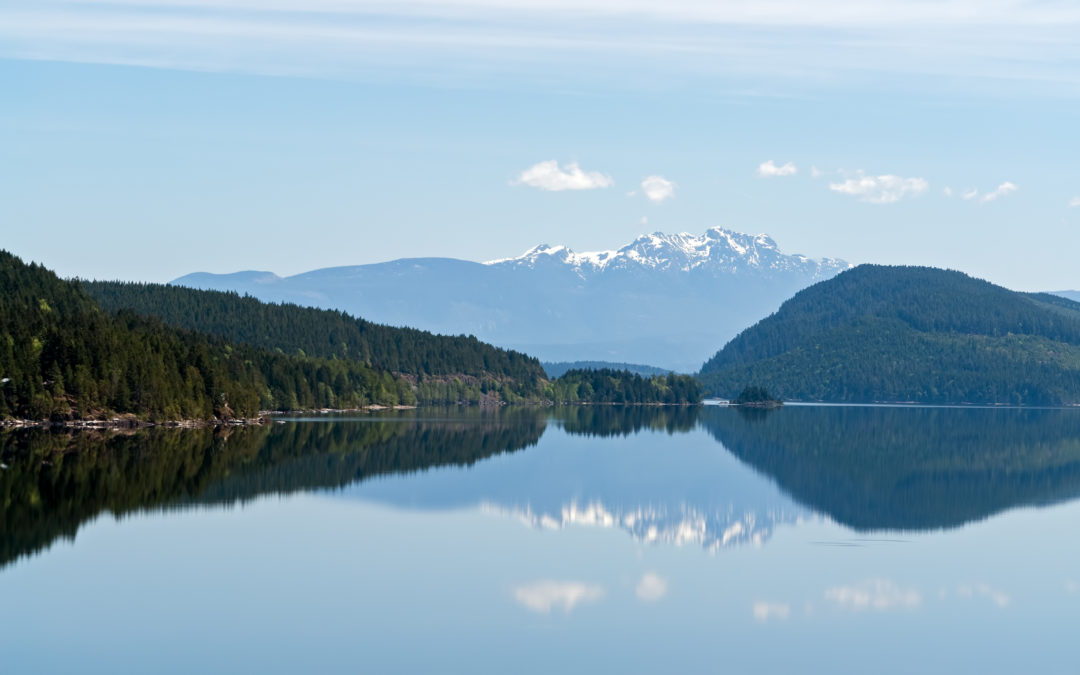We need to create opportunities that appeal to the current generation of youth because they are the superyacht owners of tomorrow.
One of the central values of our company is being ‘ambassadors of the Pacific marine lifestyle’. People are coming to see a truly beautiful and magnificent part of the world but they are also looking to experience the culture and lifestyle which form an integral part of its uniqueness. We understand the two to be inextricably linked. As ambassadors, we seek to teach guests about the environment and the lifestyle and show them how best to experience it. This way we develop a much more sustainable tourism industry while creating a much more enjoyable experience for our guests.
In order to generate that growth you talked about, what do you feel needs to happen from a strategic point of view?
I see six strategic areas in which we need to continue working: infrastructure, youth engagement, stakeholder coordination, yacht services, destination marketing, and marine-policy reform. The coast’s recreational marine infrastructure is aging and so are its owners.
An increasing number of owner-operators are looking to divest and retire so we need to see new creative and courageous investment in infrastructure to get things to a world-class and sustainable level. Despite being surrounded by water and truly epic cruising waters, the yachting culture here is slowly dying off. We need to create opportunities that appeal to the current generation of youth because they are the superyacht owners of tomorrow. This means building the industry so that there are meaningful jobs as well as tiered participation in activities such as sailing, kayaking, canoeing, watersports, etc.
There are countless stakeholders in this industry which we have found to be quite disparate, operating in small cliques and many in isolation. We recently formed an association called Superyacht Canada, under which this community can collaborate and strategically plan. Even before officially launching the group, the US Superyacht Association (USSA) announced their intent to partner with Superyacht Canada in promoting and assisting the development of this coast’s superyacht industry – a good indicator that this was needed.
Most services required by the yachting industry exist locally in one form or another but there has been little done to consolidate, inform and market it, which leads to the need to do a much better job in marketing the region to the world. Our numbers indicate that just over four percent of the global yacht fleet has visited this region in the past five years. An incredible market opportunity in any industry, yes, but it is also an embarrassingly low number considering the continued feedback coming from international yachters asking for a new destination with adventure, natural landscapes, beauty, and culture – everything we have.
Finally, the superyacht business is a relatively young one, especially in Canada, and it operates in an antiquated policy environment that was not designed for it. Policies affecting chartering are particularly confusing and are restricting overall industry growth.


Recent Comments